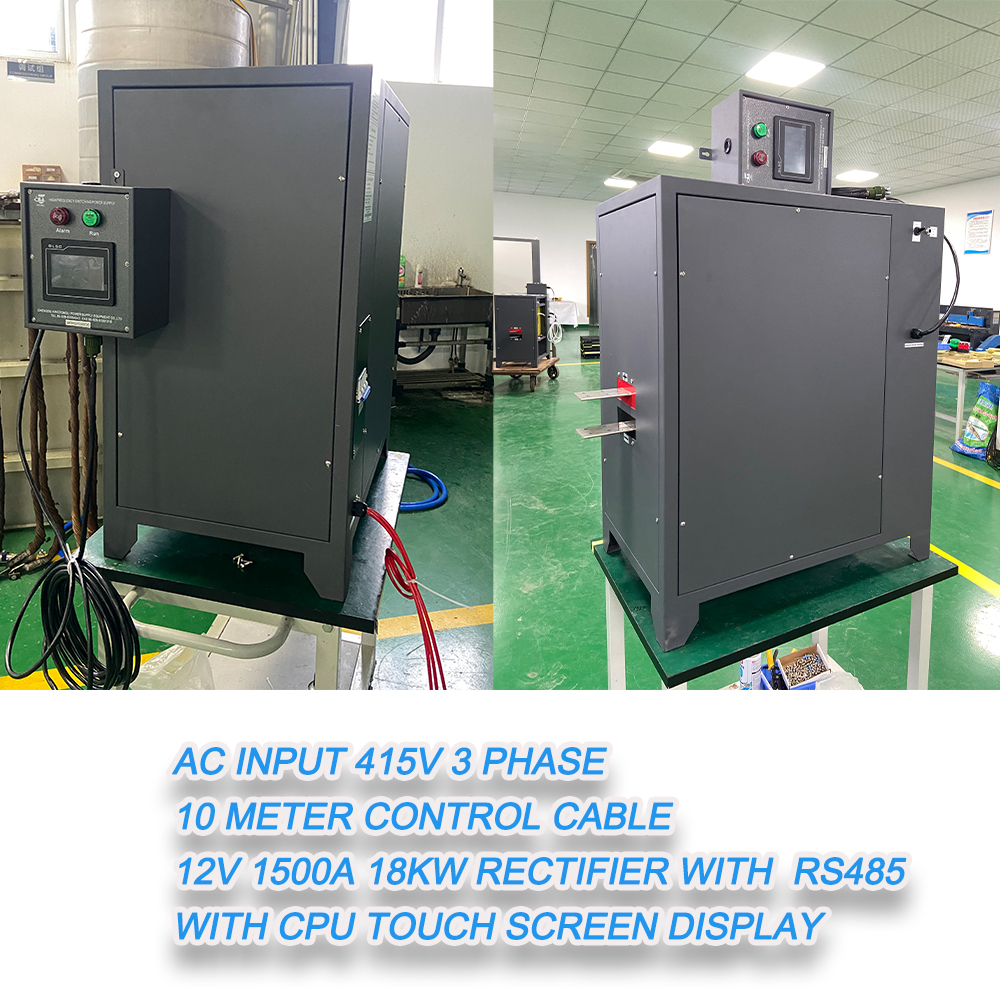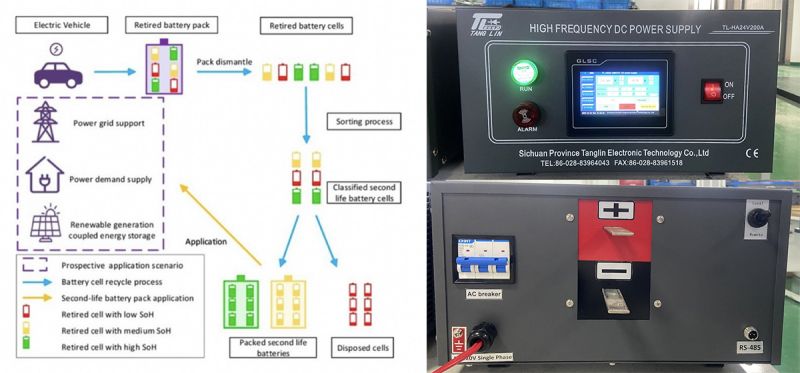-

Exploring High Frequency Switching DC Power Supplies
As technology advances, the demand for electronic devices continues to grow. In meeting these demands, high frequency switching DC power supplies have become a critical technology. From telecommunications equipment to medical devices, from industrial controls to persona...Read more -

Filipino Customers Visit Xingtongli Factory and Discuss Cooperation
Customers from the Philippines have exchanged technologies with us and placed orders for our plating rectifier after visiting our company. We had the pleasure of hosting esteemed guests from the Philippines at our company premises. During their visit, they engaged in f...Read more -
The Differences between Pulse Power Supply and DC Power Supply
Pulse power supply and DC (Direct Current) power supply are two distinct types of power sources used in various applications, each with its own characteristics and purposes. DC Power Supply ● Continuous Output: Provides a continuous, constant flow of electrical current i...Read more -

12V 1500A Polarity Reverse Plating Rectifier
1.Introduction This power supply is suitable for three-phase four wire 415VAC * 3ph-50 (60) Hz power supply environment, with positive and negative rated DC commutation output function, simple operation, wide application range, and flexible use. 2.Main technical indicato...Read more -

DC Power Supplies Used in Testing for the Recycling of Used Batteries
Direct current (DC) power supplies play a crucial role in the testing of used batteries during the recycling process. In this procedure, DC power supplies are commonly employed to simulate the discharge and charge processes of batteries, allowing for the evaluation of ba...Read more -

Electrolysis of Brine Solutions Using Ti Electrodes for Generating Chlorine
The process of electrolyzing a brine solution using titanium electrodes to produce chlorine is commonly referred to as "electrolysis of brine." In this process, titanium electrodes are employed to facilitate the oxidation reaction of chloride ions in the brine, leading ...Read more -

12V 24V 30V 5A 50A 75A 125A Polarity Reverse Plating Rectifier
Ⅰ. Polarity Reverse Description Customization: Electroplating Power Supply Xingtongli offers the best Electroplating Power Supply for industrial applications. It is designed with advanced technology and high quality components, making it a reliable and efficient power s...Read more -

GKDH SERIES- REVERSE 18V 1200A RECTIFIER INTRUCTION
1. manual reversing 1. set the remote control box’s “output switch” to “off”, set the “positive regulation” “reverse regulation” to the minimum; set the “work state” to “(CC–constant current)” or (CV–constant voltage) as your needs. 2. set the “reverse mode” to “manual” ,if set the...Read more -

General Metal Surface Treatment-Chromium Plating
The industrial sector is undergoing rapid transformation. Meeting the demands of enhanced product quality and intricate processes is a shared challenge for the automotive and industrial fields. Your customers are particularly focused on cost control. Collaborate with us to elevate your processes ...Read more -
Effective Rectifier Maintenance
Effective rectifier maintenance relies on good heat management. Understanding how to prevent excessive heat is crucial to keeping the rectifier operational. Every electronic product failure can be attributed to the primal force of electricity, leading to mechanisms preventing its melting and rele...Read more -

Xingtongli New Design GKD400-2560CVC Series Rectifier
Xingtongli has designed and introduced a new high-power power supply product, the GKD400-2560CVC. This product features a high-voltage 400VDC output, making it suitable for a wide range of applications, including large-scale charging stations, various types of light and ...Read more -

Applications of the Xingtongli Rectifier
Regarding rectifiers in electroplating process, such as chrome, zinc, copper, gold, nickel, etc., there are various types of rectifier applications. Pulse Width Modulation (PWM) Rectifiers PWM rectifiers are a highly controllable type of rectifier suitable for electroplating processes that requi...Read more




